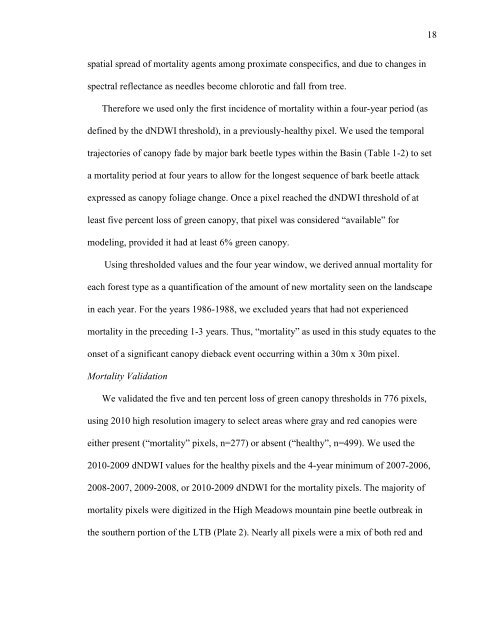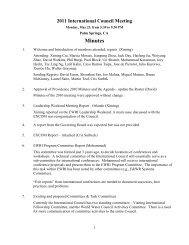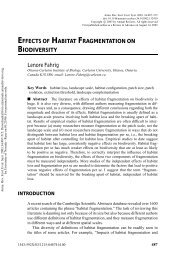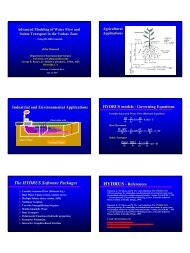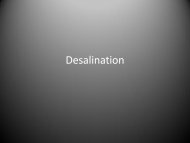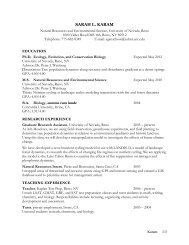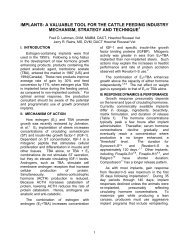Van Gunst, K.J. 2012. Forest Mortality in Lake Tahoe Basin from ...
Van Gunst, K.J. 2012. Forest Mortality in Lake Tahoe Basin from ...
Van Gunst, K.J. 2012. Forest Mortality in Lake Tahoe Basin from ...
- No tags were found...
Create successful ePaper yourself
Turn your PDF publications into a flip-book with our unique Google optimized e-Paper software.
18spatial spread of mortality agents among proximate conspecifics, and due to changes <strong>in</strong>spectral reflectance as needles become chlorotic and fall <strong>from</strong> tree.Therefore we used only the first <strong>in</strong>cidence of mortality with<strong>in</strong> a four-year period (asdef<strong>in</strong>ed by the dNDWI threshold), <strong>in</strong> a previously-healthy pixel. We used the temporaltrajectories of canopy fade by major bark beetle types with<strong>in</strong> the Bas<strong>in</strong> (Table 1-2) to seta mortality period at four years to allow for the longest sequence of bark beetle attackexpressed as canopy foliage change. Once a pixel reached the dNDWI threshold of atleast five percent loss of green canopy, that pixel was considered “available” formodel<strong>in</strong>g, provided it had at least 6% green canopy.Us<strong>in</strong>g thresholded values and the four year w<strong>in</strong>dow, we derived annual mortality foreach forest type as a quantification of the amount of new mortality seen on the landscape<strong>in</strong> each year. For the years 1986-1988, we excluded years that had not experiencedmortality <strong>in</strong> the preced<strong>in</strong>g 1-3 years. Thus, “mortality” as used <strong>in</strong> this study equates to theonset of a significant canopy dieback event occurr<strong>in</strong>g with<strong>in</strong> a 30m x 30m pixel.<strong>Mortality</strong> ValidationWe validated the five and ten percent loss of green canopy thresholds <strong>in</strong> 776 pixels,us<strong>in</strong>g 2010 high resolution imagery to select areas where gray and red canopies wereeither present (“mortality” pixels, n=277) or absent (“healthy”, n=499). We used the2010-2009 dNDWI values for the healthy pixels and the 4-year m<strong>in</strong>imum of 2007-2006,2008-2007, 2009-2008, or 2010-2009 dNDWI for the mortality pixels. The majority ofmortality pixels were digitized <strong>in</strong> the High Meadows mounta<strong>in</strong> p<strong>in</strong>e beetle outbreak <strong>in</strong>the southern portion of the LTB (Plate 2). Nearly all pixels were a mix of both red and


